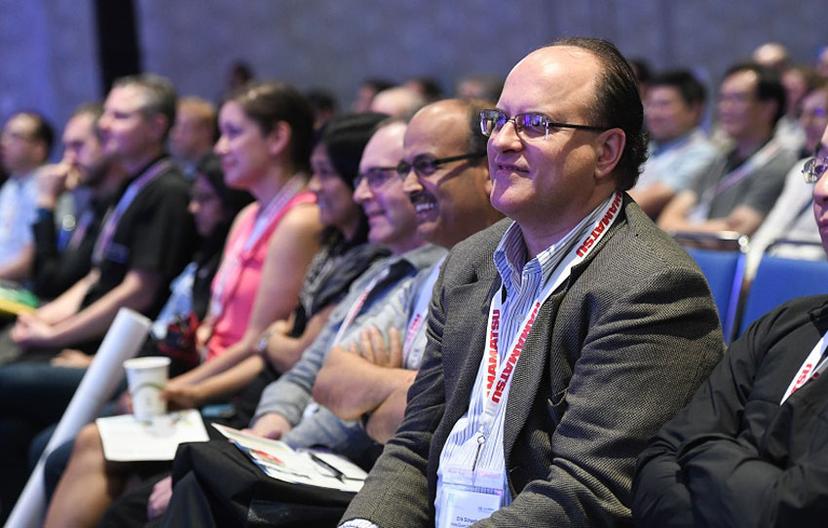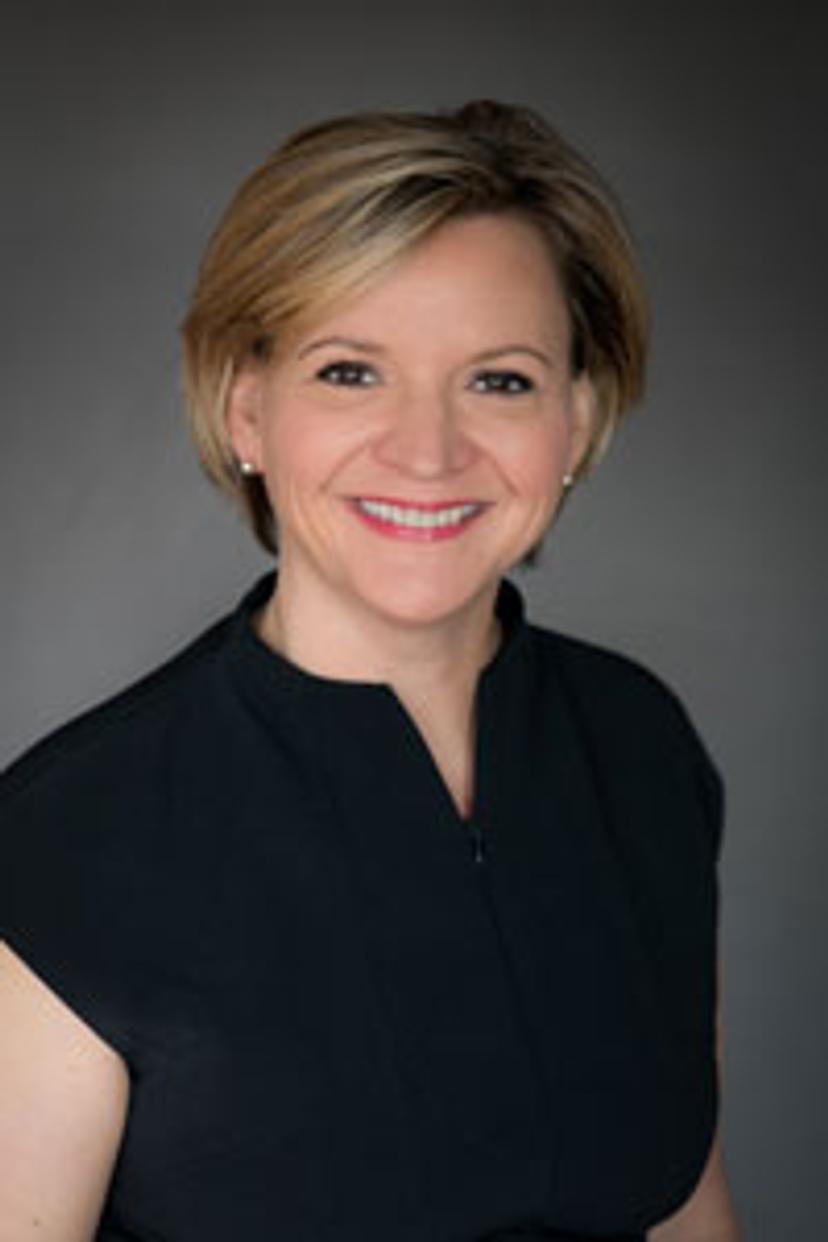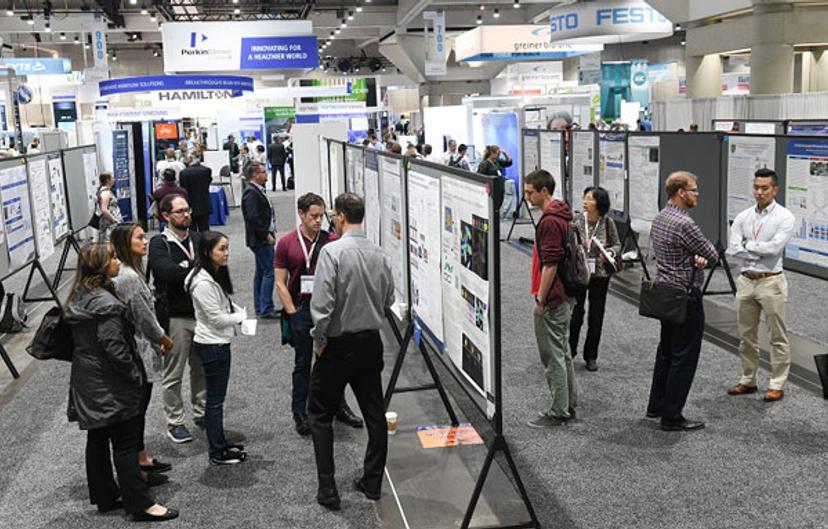The Secrets to SLAS’ Success: An Interview with CEO Vicki Loise
SLAS CEO Vicki Loise talks about how and why the society’s International Conference and Exhibition has become such a firm favorite with both scientists and manufacturers and looks ahead to the 2019 event
21 Jan 2019
Since its launch in San Diego in 2012, the SLAS International Conference and Exhibition has gone from strength to strength, quickly becoming a mainstay of the drug discovery and broader scientific calendar. Hosted by the Society for Laboratory Automation and Screening (SLAS), a community of more than 19,000 scientists collectively focused on harnessing the power of technology to advance scientific progress, the annual event attracts thousands of scientists from across the world. With preparations nearing their final stages for SLAS2019 in Washington, D.C., SelectScience catches up with SLAS CEO Vicki Loise to find out the secrets to SLAS’s success — and it’s all in the planning.

SS: What does it take to start putting together a fantastic annual meeting?
VL: It takes a lot of time, and it takes more people than it might appear on the surface. We start the full planning for the international conference 18 months in advance of the event itself. Over the past few months, we have been working on securing keynote speakers for SLAS2020 and starting to prioritize the themes and the topics, and where we want to generally take the content for the 2020 meeting. That starts 18 months in advance and there's a fairly rigorous planning schedule that everybody on the SLAS professional team is involved in and touches at some point or another over the course of those 18 months.

SS: Tell us more about the various parties involved.
VL: We have some external support partners who start their work about 18 months in advance as well, both in the sponsor and exhibit sales side, and in some of the conference logistic side of things. And of course, our volunteer committees, which we could not do this event without. We have an America Scientific Program Advisory Committee, as well as a conference committee, who are the ones responsible for putting together the scientific program of the conference and ensuring that the science that we're presenting is relevant to the community, and is addressing the challenges that our community has to work on, on a day-to-day basis.
SS: It sounds as though content really is king?
VL: Early in the cycle, the focus is very much on content: deciding content, selecting content, finding presenters, interviewing potential presenters and keynote speakers. Once that content is determined, everything else falls into place pretty nicely. It's right around the time when that content is being determined that we're starting the sponsor and exhibit sales process.
SS: How do you look for trends and work out what content to include?
VL: We do a heavy data download after every conference, from looking at evaluation results, to looking at attendance numbers in sessions, to looking at the number of abstracts that were submitted for a particular topic area. That helps to inform the committees on whether there are topics that are emerging as the next hot thing.
For example, at the SLAS2018 Meeting, we saw a significant uptick in attendance at our informatics sessions. In fact, one of them was our highest attended session and we hadn’t seen this before with this topic. That's in line with what we are hearing in other places within SLAS,about how informatics, AI, data science, data management are all areas that members of our community are trying to manage right now; whether it's a new area for them or it's an increasing priority within their companies.
That information then drives how much time and space that we dedicate for the next international conference for those topics.
AI, data science, data management are areas that members of our community are trying to manage right now.
Vicki Loise SLAS CEO
Even before we saw the data, we were already fairly certain that the whole area of AI and machine learning was the hot area for our community. Because of that, we've already created and are planning to hold an AI/Machine Learning standalone event this October in Boston. That'll be a really deep dive into the subject. It's not uncommon for us to take that data from the international conference and create additional events that allow for those deep dives.
SS: How many people working on the event as it gets closer?
VL: It’s a team of probably close to 20 people. Whether they are part of our staff, or those outsource partners, who are continually managing logistics, managing exhibitors' expectations, and managing speakers. Usually about six to seven months out from the event, we start having monthly team meetings that include everyone working on the event. Then, when we get to about two months out, we start meeting every other week. By that time, we're just making sure that everything is moving along smoothly, addressing any challenges we might be coming up against and helping each other out with those challenges.
Twenty people is a fairly small team for such a large event. Not all of those 20 people are dedicated to SLAS 100% of their time, so it requires a great deal of efficiency and information sharing to make sure that things run smoothly.

SS: What feedback do you get from the community, and how does the community get involved?
VL: The feedback we consistently get from the community is that the international conference is THE place to go for networking and attending the exhibition. That is consistent both from the scientist attendee side of things, as well as the participating companies.
The participating companies tell us over and over again that this is the show for them to go to, to reach this audience in laboratory automation and biological screening. As for our attendees, they find this to be an ideal setting to do networking. They can network with their scientific colleagues; they can have meetings with exhibiting companies, find out what the latest and greatest technology is in their space, and help to make some purchasing decisions for their own labs. That's what we hear most consistently about what attendees think and what they want: they will often say that the science is very good, but I think it's that networking factor that is most important to them.
SS: Could we round up with a summary of why everyone should get involved with SLAS 2019?
VL: This is a great opportunity for people to connect in every possible way. The companies are there and so, scientists, if you want to find out about the latest and greatest technology in lab automation, this is where you want to be. You can truly do some one-stop shopping here, and see everything that is available, and how it could help you in your day-to-day work.
